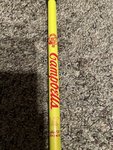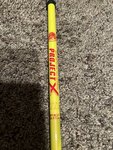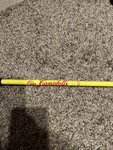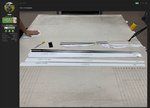The more I’m on THP, the more I’m learning everyday about all things golf. However the world of shafts just continues to boggle my mind. Steel and graphite. Stepped and Rifle. Tipped or not tipped. Butt stuff versus tip stiff. Weighting. Hand-rolled. Velocore and non-Velocore. Use this type of shaft when you want this or that….
Seriously, so much going on with shafts that it makes my head spin.
So what insights, tips to know what someone needs, etc… would you care to share with the world to help a fellow THPer out?
Seriously, so much going on with shafts that it makes my head spin.
So what insights, tips to know what someone needs, etc… would you care to share with the world to help a fellow THPer out?



















